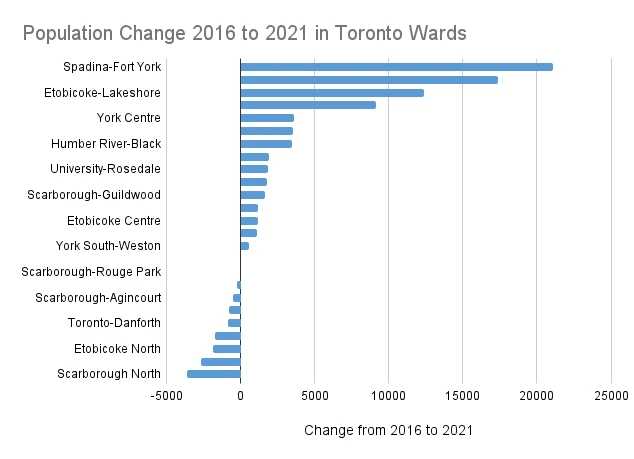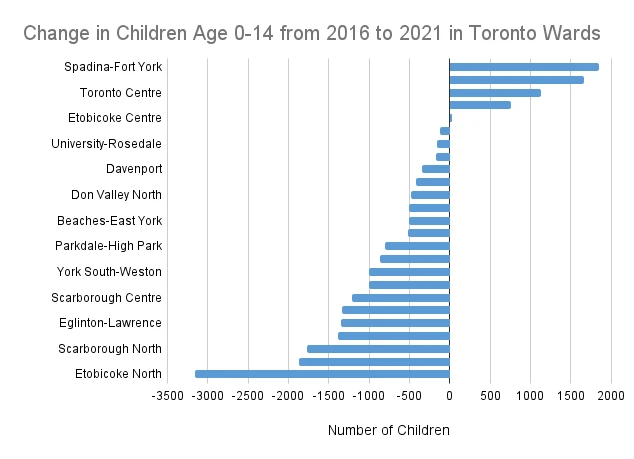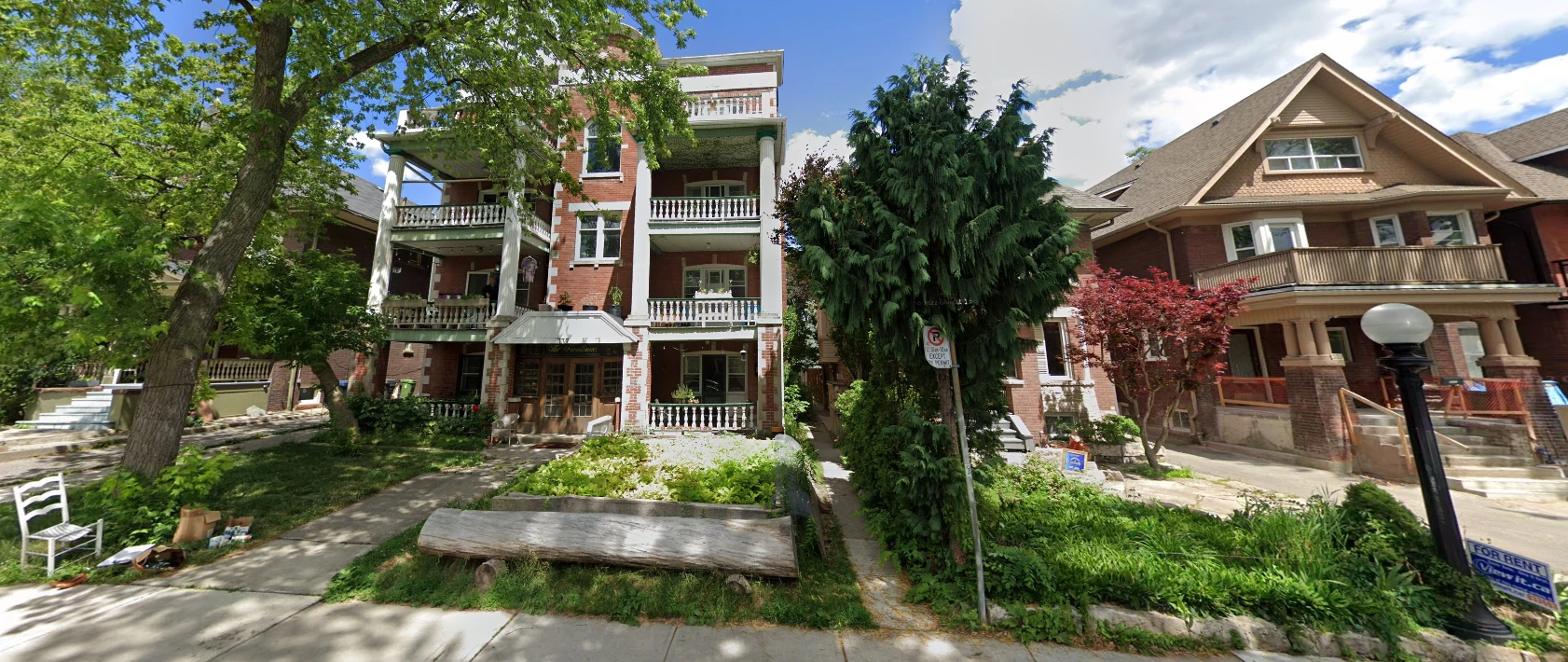(Addendum: More Neighbours Toronto submitted a communication in support of city-wide sixplexes to the Planning and Housing Committee on item PH22.4 - Housing Accelerator Fund: Expanding Permissions in Neighbourhoods for Low-Rise Sixplexes - Final Report.)
On 337 Palmerston Boulevard sits a building that might seem unremarkable to the casual passerby. Built in 1914, it is slightly taller than the nearby buildings, but not dramatically so. Located near College Street and one kilometer from Bathurst Subway station and near College Street, at least six households are lucky to call it home.
Figure 1: 337 Palmerston Boulevard Source: Google Maps

This same building, in the exact same spot, would be illegal to build today. City rules say that buildings like these “do not fit with the neighbourhood” character, mandating that only detached or semi-detached houses can be built. Attempts to construct buildings like these - which enable more households to live in these areas – are often met with vociferous opposition that at worst deters construction entirely, and at best increases costs and makes the homes smaller and more expensive.
This is not an isolated example. Across Toronto, these buildings, otherwise known as sixplexes, are effectively illegal in about 75% of its residential spaces. With incremental housing development banned across the majority of its land, Toronto’s immense population growth has been concentrated in just a few areas of the city – leading to the “tall and sprawl” urban form that we see today. Between 2016 and 2021, Ward 10 (Spadina-Fort-York) saw more population growth than the former municipalities of Etobicoke, North York, Scarborough and East York combined. In the same time period, some Toronto neighbourhoods experienced population loss, even as the city as a whole grew by 69,640 residents.


Source: Open Data Toronto
These parts of Toronto are not lacking in infrastructure – after all, they served larger populations just ten years ago. Many have excess school capacity. Incremental growth in density – embodied in the type of buildings seen in 337 Palmerston or 239 Dovercourt – is precisely the type of change needed to spread out population growth and ensure that Toronto as a whole can continue to accommodate more families and households. More neighbours means more customers for businesses and more contributors to property taxes, helping to build the strong Toronto we need today.
More Housing, More Options
Toronto City Council has recognized the need for change. In Spring 2023, Council directed staff to explore permitting sixplexes in Ward 23 – Scarborough North. Staff found that allowing six dwelling units within a multiplex would be a “balanced and incremental increase” that would help make housing more affordable, reduce pressures to sprawl, and contribute to gentle intensification. These buildings are often indistinguishable from the surrounding single-detached homes, but provide more options for families, couples, and singles.
Figure 2: Another sixplex at 239 Dovercourt Road Source: Google Maps

Other cities have led the way. On 1 Jan 2024, Edmonton enacted a zoning reform that allowed up to eight units per lot across the city. The reform has led to a substantial (30%) increase in housing approvals, with a noticeable improvement in infill and multi-unit housing as opposed to suburban sprawl. Toronto’s reform is less ambitious – six units rather than eight – and Edmonton’s example shows that we should not be afraid of change.
Environmental Defence, one of Canada’s leading environmental nonprofits, has recognized that the “existing low-density, use-segregated character of most existing Ontario ‘neighbourhoods’ [which is] caused by … exclusionary zoning” not only makes housing more expensive, it also jeopardizes Ontario’s farmland and greenbelt by contributing to sprawl. Because single-detached homes require more hard infrastructure per home than multi-family homes to service, these zoning rules worsen municipal finances. Permitting multi-unit residences is one of the most effective actions we can take to address these issues.
Change is coming – but we must fight for it
On June 12, the Planning and Housing Committee will consider a zoning reform that will allow sixplexes across the city, and a second item proposes to update existing multiplex permissions. This will face opposition from some neighbourhood groups who might say that the buildings “do not fit,” or that the infrastructure cannot support the increased density, or that Toronto can delay change with more studies or consultations.
These arguments should be rejected. As Mayor Chow says, "There is no time to waste." At a time when housing starts in Toronto have fallen 65% year-over-year, Council should move forward by allowing Torontonians to build more of the efficient and needed housing that can already be found around Toronto. This is a prime opportunity to allow homes that move away from the “tall and sprawl” model, by allowing more options in more neighbourhoods. Council must not only permit six units citywide, it should also support further tuning of zoning definitions, development charges, and height restrictions that ensure new sixplex homes become a reality in our neighbourhoods, not just on paper.
Join us!
Your voice matters. If Council only hears from those opposed to more homes, they will believe that most Torontonians are against these reforms. If you believe in a future for Toronto with more options for more people, join your voice with ours in support of the sixplex plan at the Planning and Housing Committee. You can sign onto the Newmode petition here, depute at City Council on 12 June, and call or email your councillor to express support. Every step counts!


